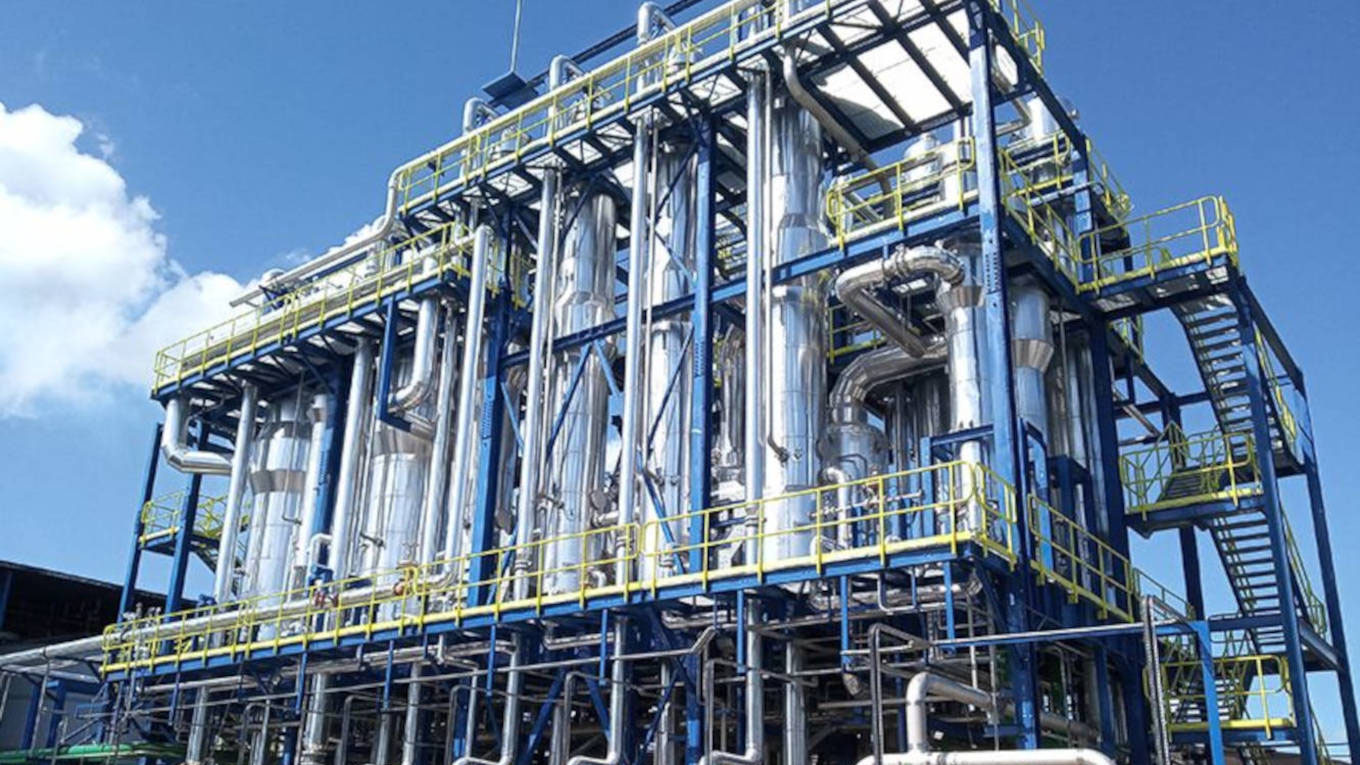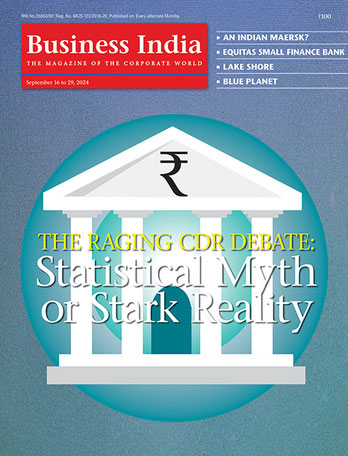
In addition to the pandemic, this year the world has witnessed several climate disasters. These include wildfires, excess rain, hailstorms, droughts, floods and cyclones. They have caused devastating effects on human lives besides adversely impacting ecology. Scientific studies and research have established that nature’s fury across the globe is nothing but the result of climate change. Mapping climate disasters on a timeline reveals an alarming pattern. The analysis depicts substantial increase in extreme weather events in the last two decades compared to the previous 20 years. This is taking a heavy toll on mankind and causing enormous economic damage. This has triggered an immediate need to take climate action on a war footing. The World Economic Forum’s annual global risk report released in January this year has identified that four among the top five risks are related to the environment. Even the UNFCC’s intergovernmental panel for climate change report released in September 2021 stipulated an urgent requirement for minimising GHG emissions. There are many ‘naturogenic’ (natural) and ‘anthropogenic’ (human-induced) factors that contribute to climate change. Climate change has always occurred on earth, which is evident from the historic geological data; it is the rapid rate and the magnitude of climate change occurring that is of great concern worldwide now. Human activity has increased Greenhouse Gases (GHG) in the atmosphere since the Industrial Revolution, leading to more heat retention and an increase in surface temperatures. Energy is the driving force for the industrial and economic growth of any nation. Although it is gradually changing, fossil resources continue to dominate the global energy landscape. Industry and transportation sectors are identified as the top two energy consumers, as well as GHG emitters. The International Energy Agency (IEA) in its World Energy Outlook (WEO) report released in early October 2021 issued an advisory on CO2 emissions & environmental adversities. IEA has once again stressed the importance of accelerating growth of clean and green energy. In a world threatened by climate change, the drive towards an environment-friendly economy is not an option, it is an obligation. It would be an eye-opening experience to understand how the bioeconomy facilitates sustainable climate action and how all of us can be a part of these efforts. Bioeconomy in simple terms, is a knowledge economy that uses renewable natural resources to produce food, energy, products, and services. Bioeconomy utilises biological resources, available in abundance, to generate wealth from waste. Using bio-based products facilitates carbon recycling with no or minimal addition of new carbon in the atmosphere. This helps in curbing and decarbonising of emissions. Besides, helping conserve environment solutions in the bioeconomy positively impacts society and the economy. While helping curb GHG emissions, they also help create jobs in rural areas and de-risk the economy from volatile crude oil pricing in the global market. Thus, the bioeconomy is fast emerging as one of the very promising ways to combat the evils of climate change. India’s progress in bioeconomy in recent times has caught the imagination of the world. Undoubtedly the government’s progressive strategic interventions have played a big role in it. The transportation sector, worldwide and also in India, is the second largest emitter of GHGs after industry. Decarbonisation of the sector as part of climate action then, is not a matter of choice but an imperative. Also, today most of the chemicals and materials derived from fossil sources are neither eco-friendly nor biodegradable and they contribute to environmental degradation. Renewable chemicals and materials produced from bio-based feedstock are less toxic and are very effective in carbon recycling.



































